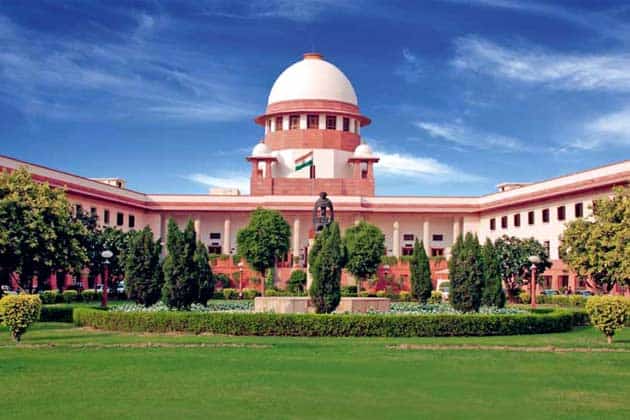In view of the very severe cyclonic storm Yaas likely to make landfall on the coastal areas of Odisha, evacuation drive is on a war footing and is expected to be completed by Tuesday while rescue teams have been deployed with high-end equipment to carry out effective and prompt rescue operations, informed Y K Jethwa, ADGP (Law and Order).
Briefing the mediapersons, the ADGP said, “To tackle the impending Cyclone Yaas, Odisha Police has been involved in the pre-cyclone measures and post-cyclone rescue operation. The police teams in the vulnerable and coastal districts under the supervision of respective SPs have intensified the evacuation drive. As many as 81,661 people living in vulnerable areas have already been evacuated and sent to cyclone shelters. The evacuation drive will be expedited in the coming hours and by the evening we will finish the evacuation drive.”
On the post-cyclone recovery plan, he said, “For post-cyclone rescue and recovery, the Odisha Disaster Rapid Action Force (ODRAF) have already been deployed in all vulnerable locations. 55 platoons of Odisha Arm Police are also with them to assist in rescue and recovery work. NDRF and Odisha Fire Service teams are also there. Under the supervision of district administration and SPs, the operations are underway in a coordinated manner.”
Y K Jethwa emphasised that the rescue teams are laced with high-end equipment and machinery for prompt and effective rescue and restoration operations.
“ODRAF teams have been provided with high-end equipment like hydraulic tree cutters, concrete cutters, plasma cutters, gas cutters to effectively and speedily carry out road clearance operations. They have JCBs, cranes and inflatable boats for effective movement. For uninterrupted communication, the teams have been provided with satellite phones and wireless sets. For energy supply, they have high-end 10 KVA generators, tower mast lights and searchlights so that they can effectively and promptly carry out the rescue operation,” added Jethwa.
Considering that the severe cyclonic storm ‘Yaas’ is likely to make landfall in coastal areas of Odisha on Wednesaday, the state on Tuesday issued a red alert warning for Kendrapara, Bhadrak, Jagatsinghpur and Balasore districts, which are likely to be affected by heavy rainfall.
Umashankar Das, Deputy Director of India Meteorological Department (IMD) in Bhubaneswar said, “A red alert, that is extremely heavy rainfall warning has been issued for Kendrapara, Bhadrak, Jagatsinghpur, and Balasore for today. The rainfall will exceed more than 20 cm.”
The official said that an orange alert, that is heavy to very heavy rainfall is expected in Mayurbhanj, Jajpur, Cuttack, Khorda, and Puri today. “The rainfall in the district is expected to measure between 12-20 cm,” Das said.
The IMD regional Deputy Director further said, “We are expecting wind speeds of 150-160 kmph. gusting 180kmph over Jagatsinghpur, Kendrapara, Bhadrak and Balasore tomorrow as landfall is expected by noon. We have issued the highest danger warning for Dhamra and Paradip ports.”
Meanwhile, people have been evacuated by Balasore district administration and Marine Police Force in the Chandipur area, ahead of the cyclonic storm Yaas.
“We are focusing on the evacuation of people from low-lying areas. 1,200 centers to be used as shelters have been sanitized due to the Covid-19 situation. We have health teams deployed at these centers. Power restoration and road clearance teams deployed,” Balasore District Collector K Sudarshan Chakravarthy said.
Odisha Chief Minister Naveen Patnaik has directed the state’s home minister to reach Balasore today and remain there to monitor the situation.
It has been predicted that the cyclonic storm Yaas is going to intensity into a ‘very severe cyclonic storm’ in the next 12 hours.
Cyclone Yaas is very likely to cross north Odisha-West Bengal coasts between Paradip and Sagar Island around Balasore, during noon of May 26 as a ‘Very Severe Cyclonic Storm’. (ANI)









